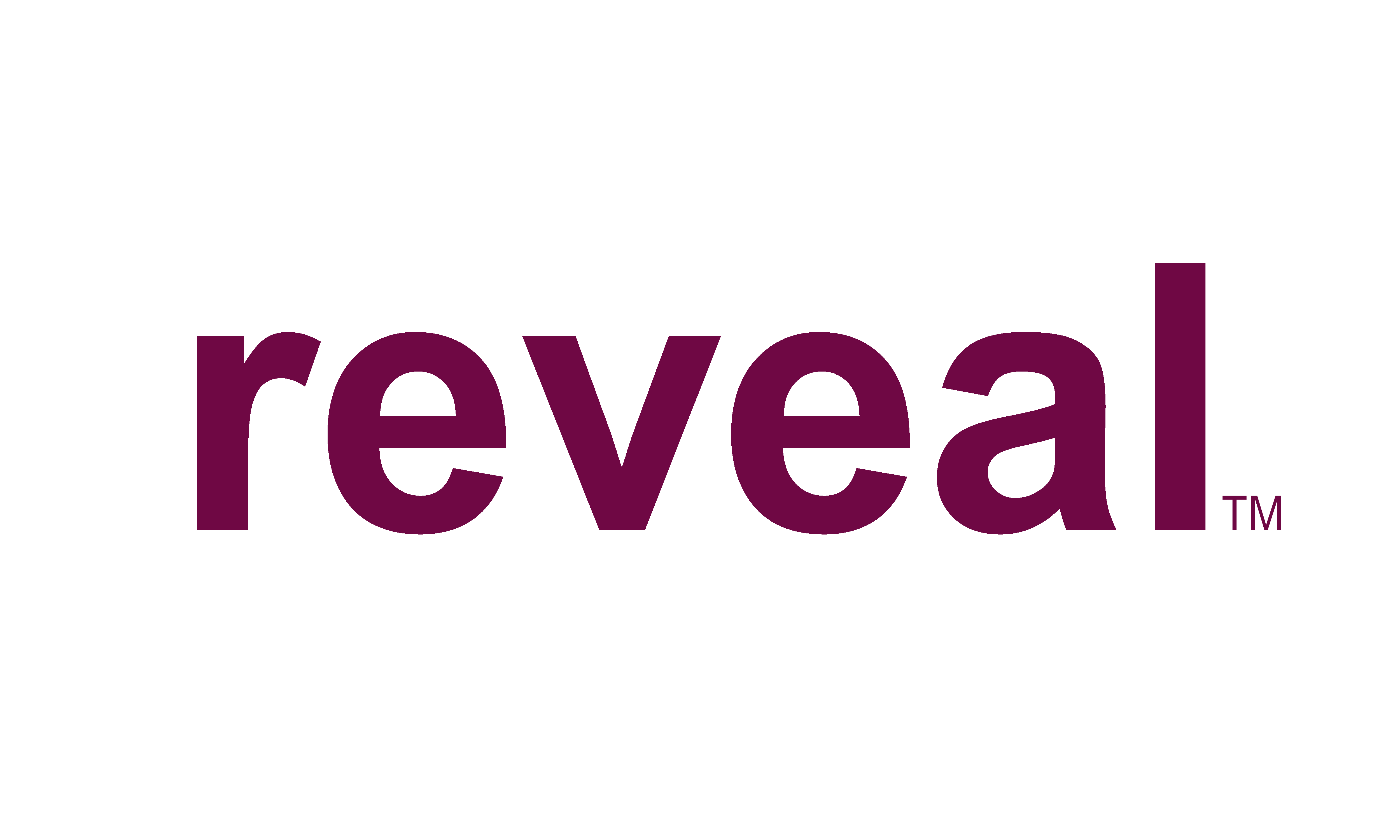With in-person events returning, there are several upcoming conferences that have been announced that cover topics of eDiscovery, review, and litigation support. Here are five upcoming events in the legal industry to consider if you are looking to expand your industry knowledge, learn about emerging trends and connect with legal thought leaders.
In an increasingly technological world, enterprises can no longer afford to ignore the importance of digital records management. It’s not enough to simply convert paper files into PDFs and toss the physical records into a storage unit. If faced with eDiscovery, managed services give businesses the tools they need for effective discovery and defense. Yet,…
Content Archiving for eDiscovery helps you meet the ever-present demands of potential litigation, reduce the costs of e-discovery and improve the legal defensibility and retention processes. Whether it’s knowledge mining, compliance regulations, risk management, or active litigation, there are multiple reasons why companies backup and archive information. When looking into your archiving process you will…
Here is a short list of questions to ask custodians upfront to help set your mobile device collection project up for success:
From Podcast Networks to individual shows, here are some of the best podcasts (in no particular order) focused on the topics of eDiscovery, forensics, ESI and more. Open your favorite podcast app and dive into some of the best legal industry topics available online.
There’s nothing more important than having a strong advocate for your case. E-Discovery Project Managers see to it that your team is taken care of throughout the entire course of your matter. They are there to help you ensure deadlines are set and met, while also helping you avoid or adjust to unpredictable data.
De-NISTing is the standard eDiscovery practice of removing system files, and other non-user generated ESI from a dataset during the data processing stage. NIST refers to the acronym of National Institute of Standards and Technology.
Our daily lives are constantly evolving, and the Internet of Things (IoT) plays a massive role in that. Devices that were once standalone products such as the thermostat, vehicle sensors, medical implants, alarm systems, and garage doors can now all be networked to the internet. So, what exactly is the IoT?
Having a clear and straightforward ESI protocol in place upfront reduces back and forth time between counsel and overall discovery costs. Additionally, an effective ESI Protocol lowers the chance of disputes arising during discovery and ensures cooperation between parties.
Optical Character Recognition, commonly known as OCR, is a term you hear frequently in the legal space when it comes to processing, reviewing, and producing documents. As with any tool, OCR should be used strategically and not blindly applied to entire data populations.
Client Log-In
Call us at
888.99.TERIS
Disclosures




